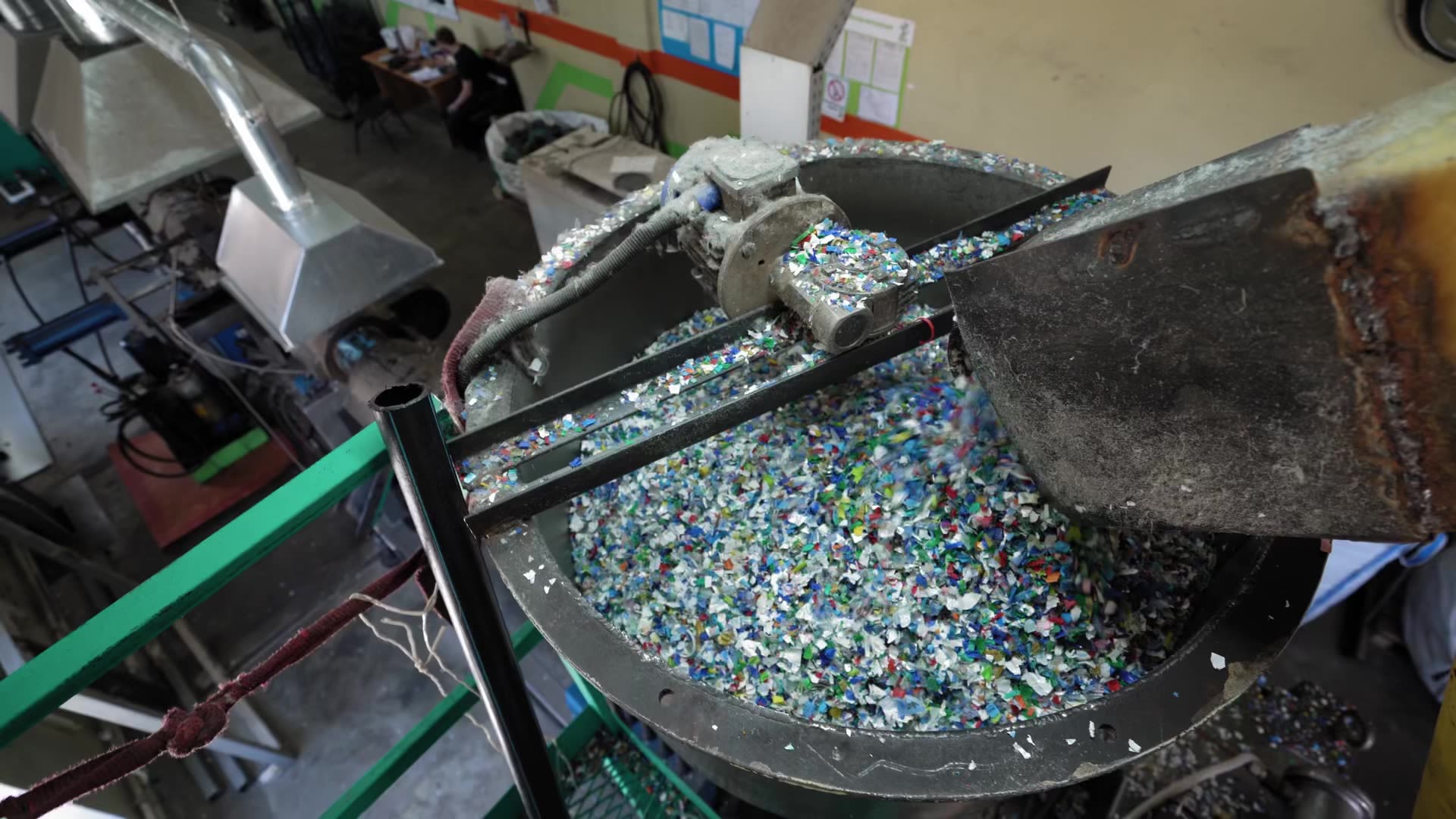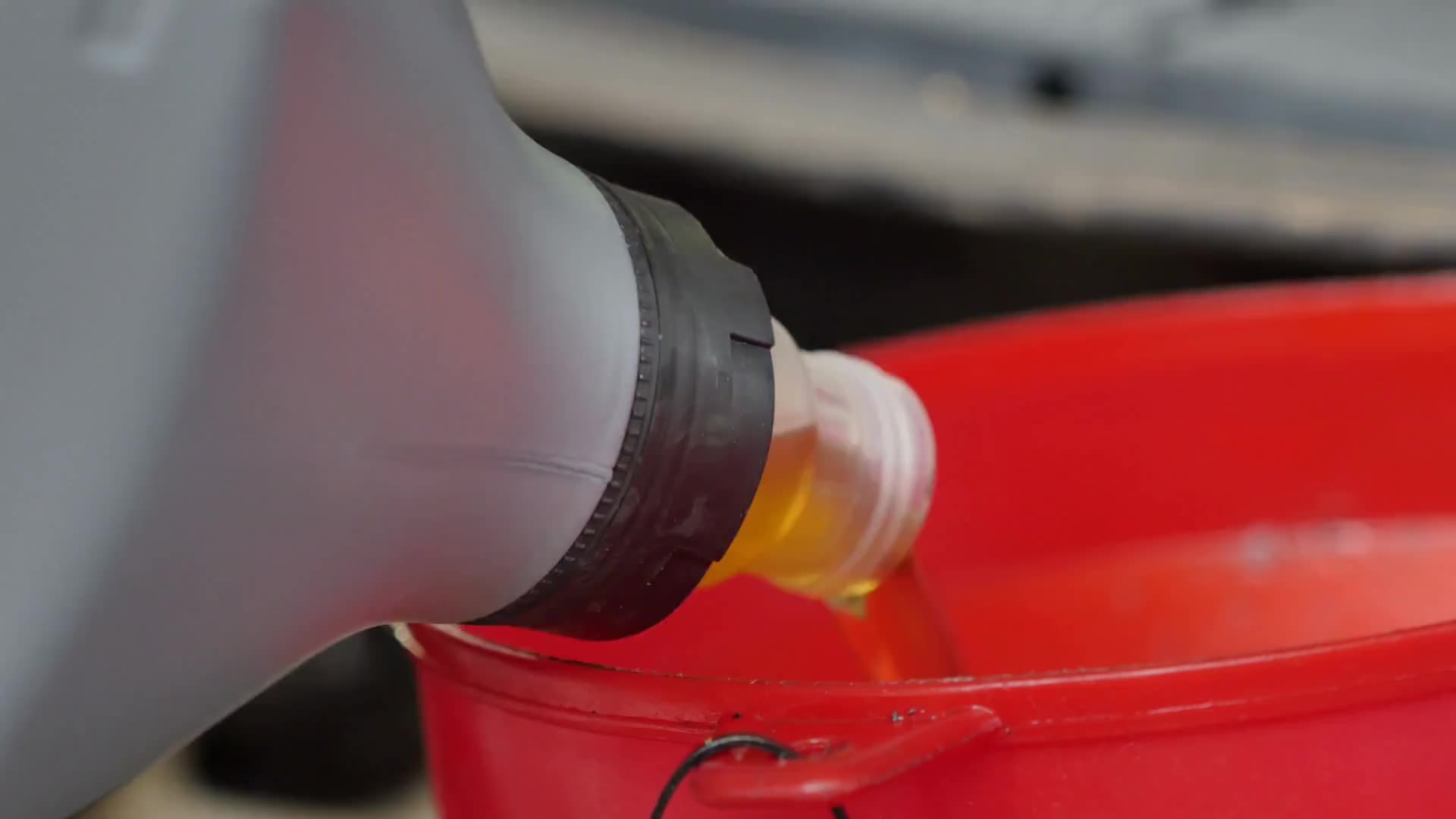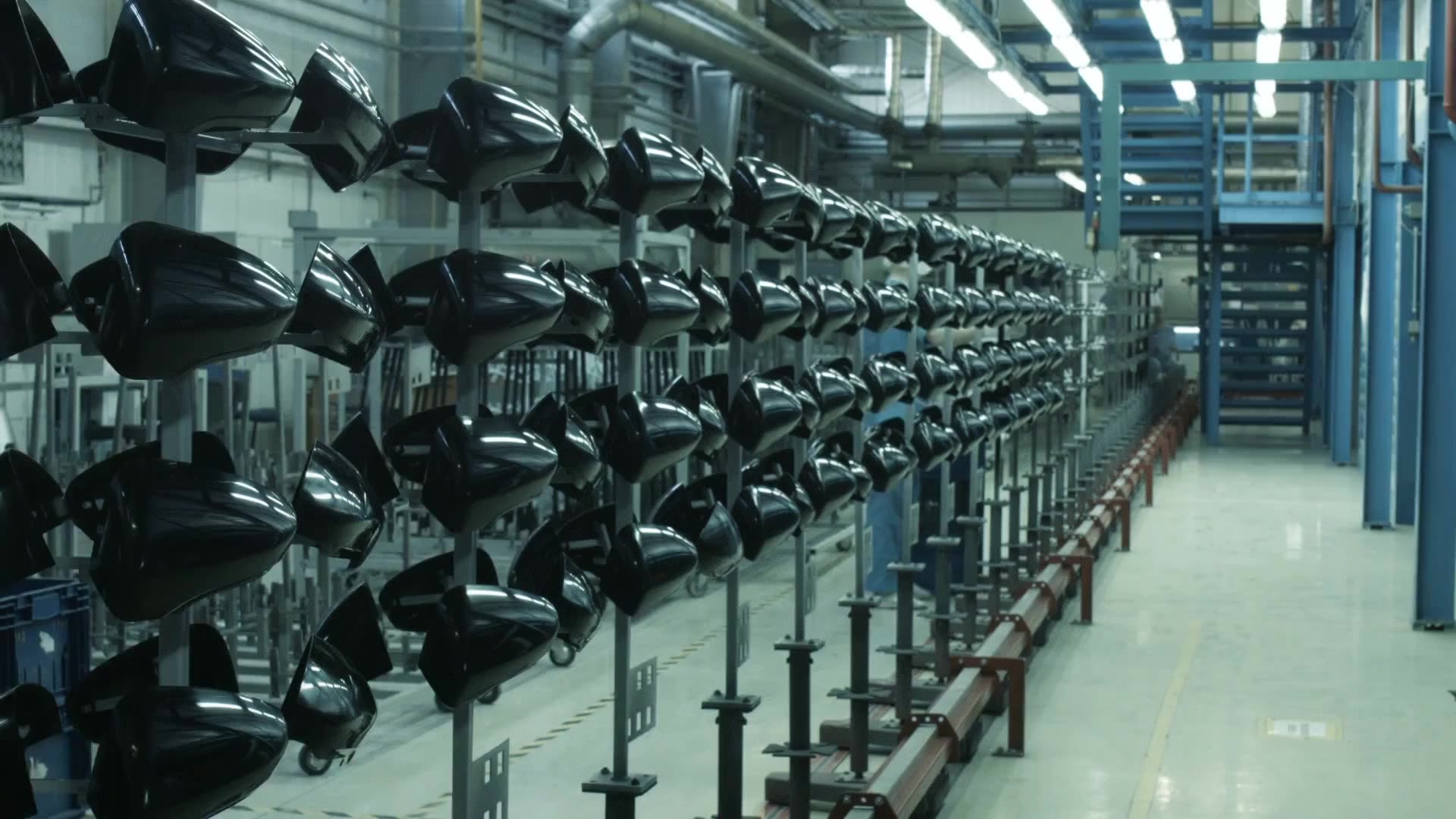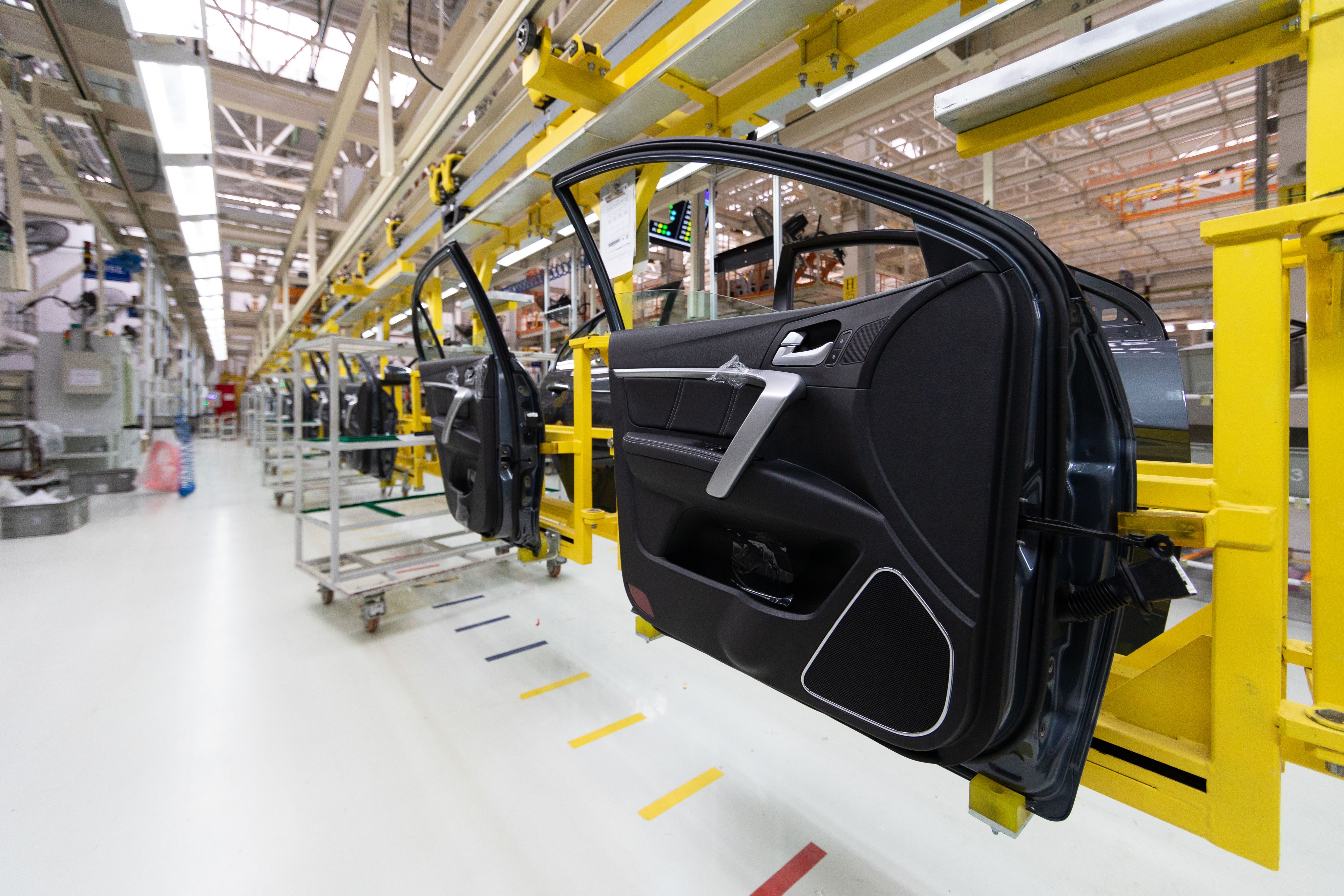Transforming European automotives for a circular future
Recycled polymers’ potential

The European automotives industry is already on a path towards circularity driven by the current EU End-of-life-Vehicles (ELVs) Directive, which requires that vehicles be designed to ensure 95% or more of their material is reusable or recoverable.
To accelerate the adoption of design for recyclability (DfR) and use of recycled materials, the European Commission (EC) released a draft revision to the ELV Directive in mid-2023, which would transform the Directive into a Regulation. The Draft ELV Regulation proposes a target of 25% recycled content for vehicles by 2030, of which 25% should be recycled from ELVs.
Given that automotive design is a long and complex process, the clock is now ticking for the automotive sector to increase its use of recycled plastics. Vehicles typically include dozens of different polymers, however, making it extremely challenging to extract them all. Safety standards and the need for high performance add to the complexity of reprocessing these for reuse within automotives. How can the industry build circularity into vehicle design to shape a sustainable future?
How much plastic do cars contain?

The automotive industry is heavily reliant on plastics. In Europe alone, automotives consume around 6 million tonnes of plastic each year. Plastics are lightweight, durable and versatile. They can also resist heat and bad weather, absorb shock and noise, are easy to mould and relatively inexpensive to produce. For this reason, the average car today contains up to 10,000 plastic components. These can weigh up to 250kgs, or 50% of a car by volume.
With the move towards EVs this is expected to change, however. EVs are typically lighter than ICEs (Internal Combustion Engines), and include only 132 kilos of plastics on average.
Around 39 polymer fractions are commonly used, including polypropylene (PP) polyurethane (PUR), polyamides (PA), polyvinyl chloride (PVC), acrylonitrile butadiene styrene (ABS) and polycarbonates (PCs). However, cars can contain up to 200 different polymer fractions, individually or in combination.
How much recycled plastic do cars currently contain?

Vehicles in Europe still contain a relatively small amount of recycled plastic. This is often in the form of car bumpers containing recycled polypropylene (R-PP), or car seats containing recycled polyethylene terephthalate (R-PET).
The European automotive industry is working hard to improve circularity, with some leading manufacturers already achieving up to 20% recycled content. Some examples given by automotive companies include:
Pyrolysis oil

Both Audi and UK-based Jaguar Land Rover (JLR) have begun incorporating vehicle parts manufactured using chemically-recycled pyrolysis oil. Pyrolysis oil is the end product of pyrolysis, the most common form of chemical recycling in Europe. Using pyrolysis, polymers or end-of-life tyres are thermally decomposed at ultra-high temperature and pressure, then purified and distilled to create replacements for fossil-fuel based derivatives.
Audi has converted tyre waste from its own manufacturing process to manufacture parts, thereby creating a closed loop. JLR has developed a plastic front-end carrier prototype for its first electric SUV, the I-Pace, demonstrating that it is possible to create high-quality products under stress using pyrolysis oil.
Issues with recycled polymers in automotives

Automotives manufacturers are already investing heavily in ways to incorporate more recycled polymers in vehicle design. The European Automobile Manufacturers Association (ACEA) notes that one-third of the EU’s annual R&D spend relates to automotives. However, only 19% of the plastic fractions recovered from vehicles after shredding in Europe are currently sent to recycling. The EC target of increasing this to 30% is achievable, but there are obstacles to overcome.
What will this mean for recycled polymers?

Where they exist, virgin polymers can be swapped for recycled equivalents. Automotive manufacturers have been manufacturing car seats using R-PET rather than PET for several decades, for example. However, the automotive industry will have to compete with other sectors that are already using these recycled materials, including construction and packaging. That competition will ramp up with the addition of mandatory recycled content targets on all plastic packaging from 2030 as part of the EU’s Packaging and Packaging Waste Regulation (PPWR).
With each cycle, mechanical recycling processes reduce tensile strength. Consequently, recycled content is easiest to implement in areas where safety or performance are less critical and where materials are not required to withstand high impact and heat. This could concentrate demand on areas such as cabin interiors, with a particular focus on recycled polyolefins, particularly European R-PP which has long-established grades derived from ELVs.

Demand for European R-PP from the automotive sector has been growing since the publication of the draft ELV Regulation in 2023. This has also led to the creation of a number of new collaborations between OEMs (Original Equipment Manufacturers), waste managers and recyclers which are likely to further boost demand when these reach maturity.
The volume of suitable recycled polymers for the automotive sector currently falls well short of virgin polymer availability and would be insufficient to meet ambitious recycled content targets. Similar demand patterns for packaging-suitable grades of recycled material have led to prices consistently trading at a premium to virgin polymers and increased recycled polymer price volatility.
As seen in the packaging sector, companies that adopt recycled materials and establish relationships early on will be best positioned to meet future regulatory targets and source the materials they need.
Identify potential sources of supply and follow complex recycling markets, grades and pricing dynamics for over 100 grades of recycled material globally, including multiple grades used by the automotive industry, with ICIS Recycling Supply Trackers.
Conclusion

European automotive OEMs are working hard to address the need for greater circularity, and the EC’s draft ELV Regulation has shifted the focus to recycled plastics use and reuse. To meet the draft Regulation’s targets, an acceleration in the recycling infrastructure for automotive plastics will need to take place.
While the draft ELV Regulation could yet change significantly prior to being finalised, the direction of travel is clear: by 2030, European automotive design will include fewer polymer fractions, more recycled plastics and more ELV-derived recycled materials.
ICIS covers a wide range of virgin and recycled polymers used in Automotives. To view the full range of solutions we offer, please visit the Commodity finder and search for the commodities below:
The EC proposed the ELV Directive on 13 July 2023, following a review of the original, which came into force on 18 September 2000. The proposed regulation builds on and replaces existing Directive 2000/53/EC on ELVs and Directive 2005/64/EC on the type-approval of motor vehicles with regard to their reusability, recyclability and recoverability.
Author:
Corinne de Berry is a Senior Copywriter at ICIS, working across sustainability, chemicals and energy. Her interests span decarbonisation/net zero, recycling and the energy transition.
Related content
Speak with ICIS
If you are interested in learning about how our specialist insight can help you make better business decisions, contact the ICIS team today. Simply complete the form and we will get in touch with you as soon as possible.


